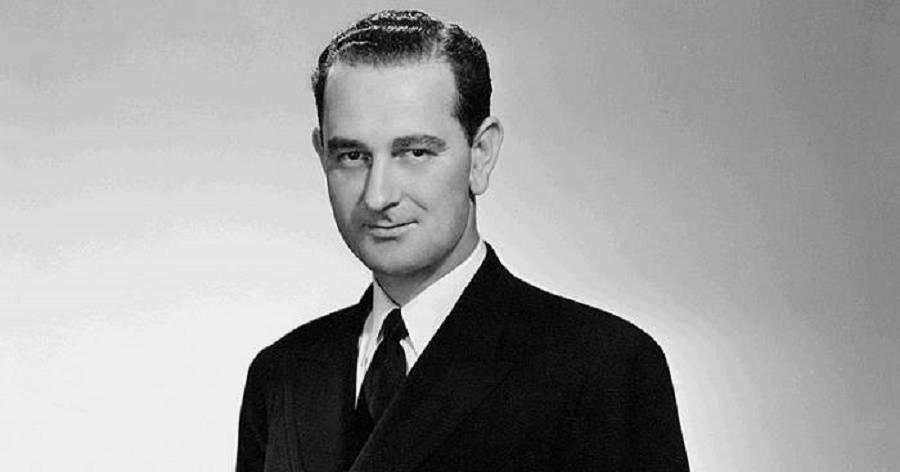
In 1998, the Head Start program was reauthorized to expand to full-day and full-year services. In 1995, the first Early Head Start grants were awarded to serve expectant families and children ages birth to 3 from families with low income. The Head Start Program Performance Standards ( HSPPS), the regulations governing Head Start programs, were originally published in 1975. A key tenet of the program established that it be culturally responsive to the communities served, and that the communities have an investment in its success through the contribution of volunteer hours and other donations as non-federal share. The Head Start program began as an eight-week demonstration project designed to help break the cycle of poverty, It gave preschool children from families with low income a comprehensive program to meet their emotional, social, health, nutritional, and educational needs. Edward Zigler, a professor of psychology and director of the Child Study Center at Yale University. Robert Cooke, a pediatrician at Johns Hopkins University, and Dr. Sargent Shriver soon took the lead in assembling a panel of experts to develop a comprehensive child development program that would help communities meet the needs of disadvantaged preschool children. This research indicated an obligation to help disadvantaged groups, compensating for inequality in social or economic conditions. The government was influenced by new research on the effects of poverty, as well as its impact on education.



Johnson declared a "war on poverty" in his State of the Union address. Access archival photographs, videos, resources, and more. Explore key moments in Head Start history with an interactive timeline.


 0 kommentar(er)
0 kommentar(er)
